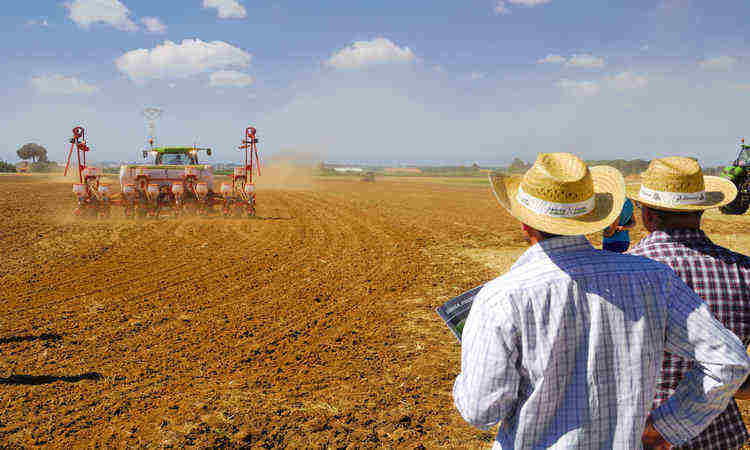In 1985, when Practical Farmers of Iowa was founded, Iowan farmers were facing an economic bust, tangible evidence of environmental damage due to unsustainable farming practices, and the loss of family farms. The organization was originally created by a handful of local farmers, in partnership with the Leopold Center for Sustainable Agriculture and Iowa State University Extension & Outreach, to help farmers share techniques and new ideas for lowering their costs and increasing sustainability. Since then, the group has grown to include more than 2,500 members from a range of agriculture backgrounds.
Food Tank spoke with Executive Director Teresa Opheim to learn more about Practical Farmers of Iowa’s take on networking, innovation, and farmers learning from other farmers.
Food Tank (FT): Practical Farmers of Iowa promotes “profitable, ecologically sound, and community-enhancing approaches to agriculture.” Can you give an example of a recent innovation that fits that criteria?
Teresa Opheim (TO): Practical Farmers of Iowa is involved in several projects and we do a great deal of on-farm research. We ask ourselves what the barrier is for farmers to accomplish their goals and then address it.
For example, we are trying to find ways for farmers to keep their soil covered using cover crops, which will enhance the soil without decreasing farm profitability. We also help establish beginning farmers through the Savings Incentive Program, where we pair them with a mentor, help them build a business plan and, after two years, we match their savings to help them purchase farm assets. We’re creating connections within the community and helping support new farmers through this innovative program.
FT: Information sharing is a large part of Practical Farmers of Iowa’s mission. What methods do you use to share information and how are farmers able to access it?
TO: We focus on farmers teaching other farmers through events. In 2014, we held more than 200 events including conferences, a variety of workshops, field days, and online webinars that we refer to as “farminars.” Field days involve visiting another farmer’s farms and learning about their particular challenges and successes. Our strong focus on events give farmers the chance to learn from each other. In fact, a lot of farmers tell us they would not be in business without us.
FT: Practical Farmers of Iowa now has more than 2,500 members throughout Iowa, the United States, and internationally. How is information spread between members and can you provide an example of a collaboration that was facilitated by Practical Farmers of Iowa?
TO: For the 14 percent of our members that live outside of Iowa, farminars and online discussion threads are very popular and a great way to exchange information across geographical boundaries.
An example of collaboration that Practical Farmers of Iowa helped facilitate is the cover crop outreach leaders, which helped other farmers learn about cover crops.
FT: What type of innovations do you think farmers in the United States are most interested in?
TO: Our members are very focused on an ecological model rather than an industrial model. They are really excited to learn how to improve their farms in ways that work well with nature. A few examples of this includes exploring the economics of extending crop rotation, the financial analysis of fruit and vegetable farms, how to grow new crops in harmony with nature, and improving diversity on pastures to save on livestock costs.
By working with such a large and diverse group of farmers, they are able to think outside of the box and learn from each other. We have members from large corn and soybean farmers, down to one to two acre vegetable farmers. Everyone has knowledge to share.
FT: This year, Practical Farmers of Iowa is celebrating 30 years of supporting farmers. What are some of the important changes and innovations that have taken place over the past three decades?
TO: There has been so many changes to the agriculture sector since Practical Farmers of Iowa was founded! We’ve seen the dawn of a certified organic system, an increased focus on putting livestock back into the system, and an increase in the number of fruit and vegetable farmers that were not part of our group 30 years ago. There is also an increasingly strong relationships between farmers and non-farmers that is very evident in the local food movement.













